A concrete roof is a roofing system that uses concrete as its main material. This roofing is most commonly seen in commercial and industrial buildings because of its durability and long lifespan. However, concrete roofs can also be found on some homes and other structures. People often choose concrete roofs because they provide a durable and long-lasting surface.
If you have a concrete roof that is leaking, there are several methods you can use to repair it. In this blog post, we will discuss how to repair a leaking concrete roof and provide tips on how to prevent future leaks.
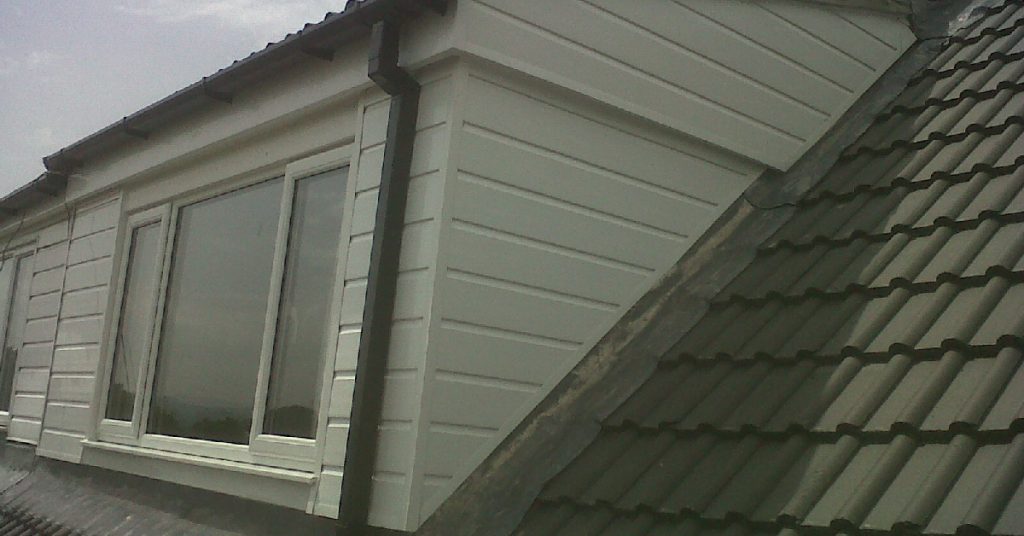
Concrete roofs are known for their leaks. Leaks in concrete roofs can occur for various reasons, but the most common cause is improper installation or maintenance. If a concrete roof is not installed properly, it can crack and allow water to seep in. Additionally, if a concrete roof is not regularly maintained, it can also develop cracks and leaks over time. If you have a leaking concrete roof, it is important to have it repaired as soon as possible. Leaks in concrete roofs can cause serious damage to the structure of your home or building, and they can also lead to mold and mildew growth.
If you have a leak in your concrete roof, it’s important to fix it right away. Otherwise, the damage might become too severe to repair. Keep in mind that it can be tricky to repair leaks in concrete roofs, so you might need to replace the whole roof. And if the damage to your roof is severe, you might not be able to repair it at all—you might have to get a new roof.
Summary: The concrete roof of the building is leaking, and it’s time to repair it. The first thing to do is to determine where the leak is. Once you know where the leak is, you can start fixing it.
How to Identify a Leaking Concrete Roof:
There are several ways to tell if your concrete roof is leaking. First, check for any obvious signs of leaks, such as water stains on the ceiling or walls. If you see any of these, your roof is likely leaking. Another way to tell if your concrete roof is leaking is to look for cracks in the roof. If you see any cracks, it’s possible that water is getting through them and causing leaks. If you suspect that your concrete roof is leaking, the best way to confirm it is to have a professional roofer come and take a look. They’ll be able to tell for sure if your roof is leaking and can help you determine the best way to fix it.
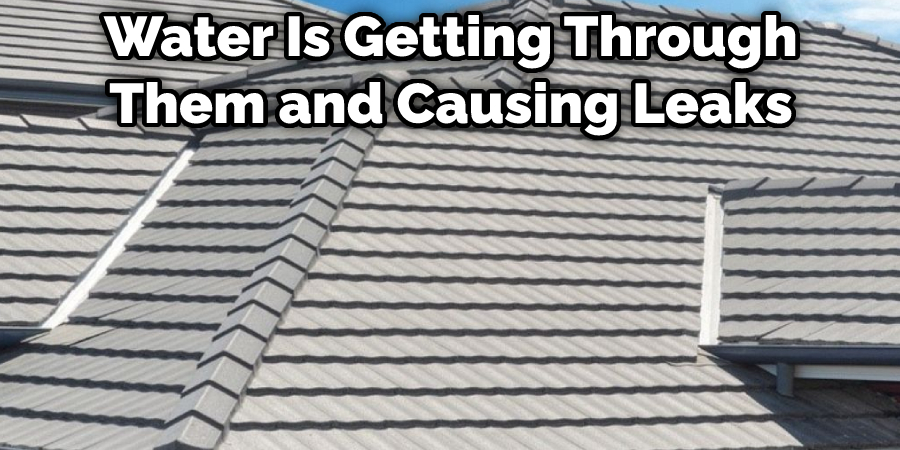
Materials Required:
- Concrete sealer
- Concrete patch
- Caulk
- Putty knife
- Waterproofing membrane
- Roofing felt
- Tar paper
- Scissors
- Hammer
- Nails
Tools Required:
- Chalk line
- Measuring tape
- Level
- Circular saw
- Safety glasses
- Dust mask
- Ladder
- Putty knife
- Caulk gun
- Roofing brush
- Paint roller
- Paint tray
15 Easy Ways How to Repair Leaking Concrete Roof
1. Inspect the Roof
The first step in repairing a leaking concrete roof is to inspect the roof and identify the source of the leak. Once you’ve found the source of the leak, you can then determine the best way to fix it.
2. Clean the Roof
Once you’ve located the source of the leak, it’s time to clean the roof. Begin by removing any debris, such as leaves or branches that may be blocking the drain. Next, use a hose to spray down the entire roof, paying special attention to the area around the leak. If you see any mold or mildew, be sure to treat it with a solution of bleach and water before moving on. Once the roof is clean, you’ll be able to assess the damage better and determine what kind of repair is needed.
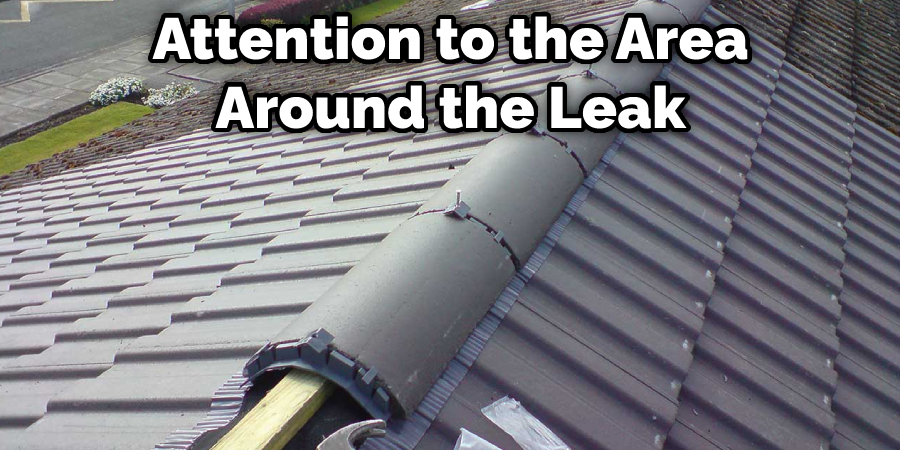
3. Make the Repair
For small leaks, you may be able to repair them yourself. Start by using a putty knife to remove any loose concrete. Then, use a wire brush to remove any rust from the area around the leak. Once the area is clean, apply a waterproof sealant to the area and allow it to dry. For larger leaks, you will need to consult a professional. If you have a leaking concrete roof, don’t despair. With a little bit of effort, you can repair the leak and extend the life of your roof.
4. Inspect the Gutters
One of the most common causes of leaks in concrete roofs is clogged gutters. When gutters become clogged, they can no longer properly drain rainwater away from the roof. This can cause the water to back up and seep through the cracks in the concrete. To prevent this from happening, it’s important to regularly clean your gutters and make sure they are free of debris. If you do find that your gutters are clogged, you’ll need to remove the debris and then flush the gutters with water to clear any remaining blockages.
5. Use a Concrete Sealer
If you have cracks in your concrete roof, you can prevent leaks by sealing them with a concrete sealer. Concrete sealers are available at most hardware stores. Follow the instructions on the sealer to apply it properly. If you have a large area to seal, you may want to hire a professional to do the job.
6. Patch Small Cracks
You can use a concrete patch to fill the crack and prevent water from getting through small cracks. Concrete patches are available at most hardware stores. To apply the patch, follow the instructions on the packaging. If you have a larger crack, you may need to use a concrete repair kit. These kits are also available at most hardware stores and will come with instructions on applying the repair.
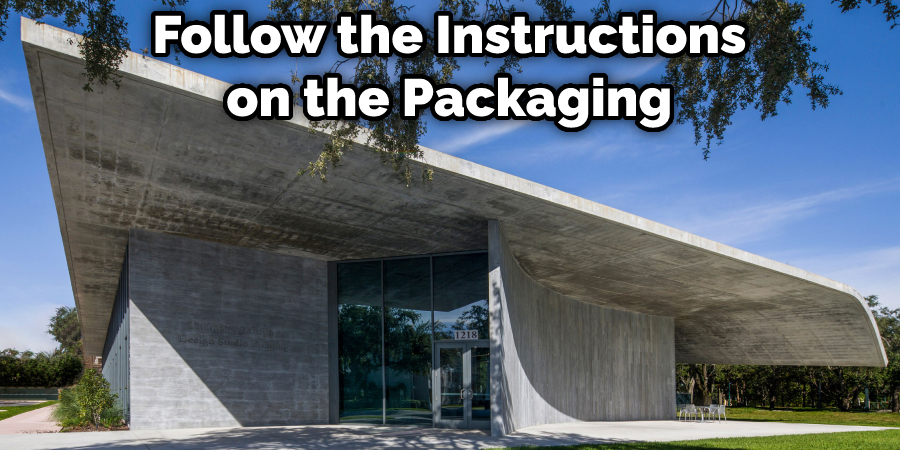
7. Use Caulk
You may need to use caulk to fill the crack and prevent water from getting through for larger cracks. Caulk is a pliable sealant that you can apply with a caulk gun. You’ll need to clean out the crack first, then apply the caulk and smooth it over with a wet finger. Allow the caulk to dry for at least 24 hours before exposing it to water.
8. Apply a Waterproofing Membrane
If you have a leaking concrete roof, you may need to apply a waterproofing membrane. Waterproofing membranes are thin layers of material applied to the roof’s surface. They act as a barrier to keep water from seeping through the roof. There are many different waterproofing membranes, and the best one for your roof will depend on the specific conditions.
9. Use a Roof Coating
If you have a leaking concrete roof, you may be able to use a roof coating to repair the leak. Roof coatings are applied to the roof surface and act as a barrier to prevent water from entering the roof. There are many different types of roof coatings available, so be sure to choose one compatible with your roof type.
10. Use a Tarp
If you have a leaking concrete roof, you may need to temporarily use a tarp to cover the leak. Tarps are available at most hardware stores. Make sure to secure the tarp with heavy-duty staples or nails so that it does not blow away in windy weather.
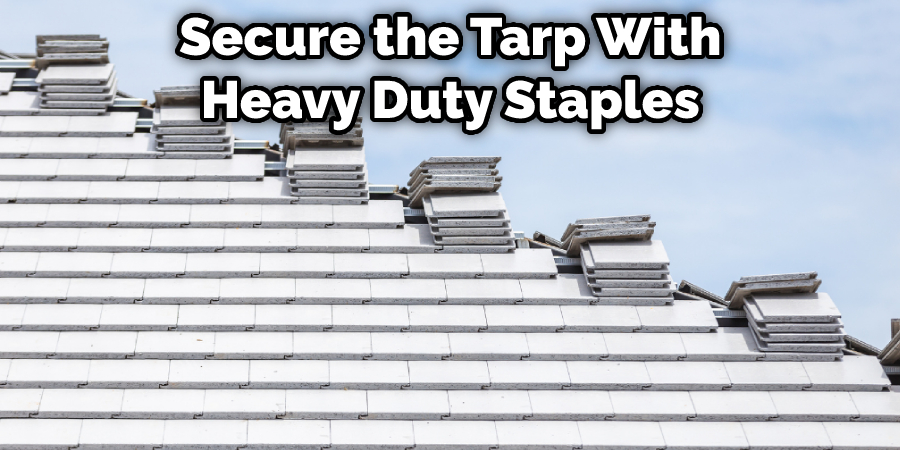
11. Seal the Roof
There are several ways to seal a concrete roof, depending on the severity of the leak. You can use caulk or sealant to fill in the cracks or holes for small leaks. For larger leaks, you may need to use a patching compound. And for very large or serious leaks, you may need to replace the entire roof.
12. Replace the Roof
In some cases, the only way to repair a leaking concrete roof is to replace the entire roof. This is a major project, and you’ll need to hire a professional roofing contractor to do the job. But if your roof is severely damaged or leaking in multiple places, replacing it may be the only option. If you decide to replace your roof, choose a durable material that will withstand the elements and last for many years. Metal roofs are a good option, as they’re durable and low maintenance.
13. Call a Professional
If you are unsure how to repair leaking concrete roof, it’s best to call a professional for help. A professional roofer will be able to assess the damage and make the necessary repairs to prevent further leaks.
You Can Check It Out To Fix Bad Concrete Job
How to Prevent a Leaking Concrete Roof:
- Check the roof regularly for any signs of leaks or damage.
- If you see any leaks, immediately repair them using a waterproof sealant.
- Inspect the gutters and downspouts to ensure they are clear of debris.
- If there is any standing water on the roof, remove it as soon as possible.
- Make sure that the flashing around the chimney, skylights, and other openings is in good condition.
- Apply a fresh coat of sealant to the roof every few years to prevent leaks.
- Have your roof inspected by a professional at least once a year.
- Call a roofing contractor immediately if you see any major damage to the roof.
Frequently Asked Questions
Do Concrete Roofs Need Waterproofing?
Waterproofing your concrete roof is crucial to preventing moisture and water infiltration. This can lead to serious damage that may require expensive repairs or even replacement of the roof. Foundations, walls, and other components below the roof surface are also at risk for deterioration due to moisture seeping through cracks and crevices in the concrete substrate.
What Is the Most Common Cause of Roof Leaks?
While there are many potential causes of roof leaks, the most common is water infiltration. This can be due to rain or condensation from the warm sun. Water seeps under the roofing material and through any seams or joints in the roof, eventually leading to floods inside your home.
To prevent this from happening, make sure that your roof is properly installed and caulked every year. You should also check for and fix any cracks or holes in your shingle system before they become a problem. If you do experience a leak, don’t wait – call an expert!
Why Does My Roof Leak in Heavy Rain?
A roof leak can be the result of many different things, including weather damage (such as floods or heavy rains), deficiencies in the shingles or tiles, and inadequate flashing or caulking. The most common cause of a roof leak during heavy rain is due to water entering through any crack in the tiles, rafters, shakes, etc. In order to prevent this from happening, it is important to check for leaks regularly and repair them if they are detected.
It is also important to seal any existing cracks with a good waterproofing agent like caulk before re-covering them with new shingles or tiles. Additionally, you may want to consider installing drip pans under your deck that will catch rainfall runoff so that it won’t enter your home through the drainage system. And lastly, use caution when cleaning gutters; never pour down debris directly onto gutters because this can cause streams of water to flow down the sides of your house, which could eventually lead to leaks.
Do You Need to Seal a Concrete Roof?
A good rule of thumb is to always seal a concrete roof. This will prevent leaks and protect the roof from corrosion. There are a few different ways to seal a concrete roof, but the most common is with an epoxy coating. Epoxy coatings are very strong and can last for many years without needing to be replaced.
Conclusion
This article provides an overview of how to repair a leaking concrete roof. Although repairing a leaking concrete roof can be a daunting task, it is important to take the necessary steps to fix the issue as soon as possible. By following the tips we have outlined in this blog post, you should be able to properly repair your leaking concrete roof and restore it back to its former glory. Have any questions or concerns? Feel free to reach out to us for more information.
